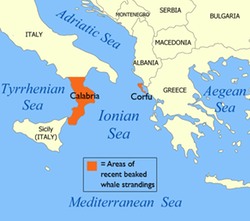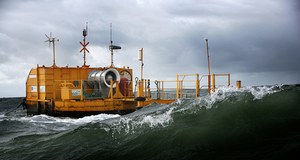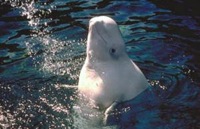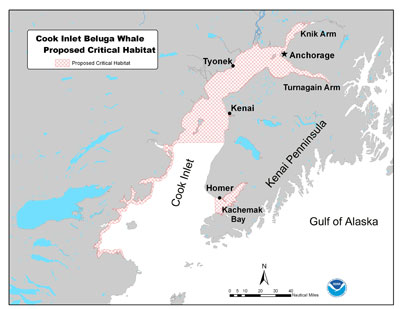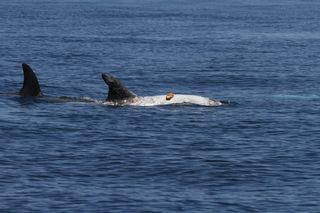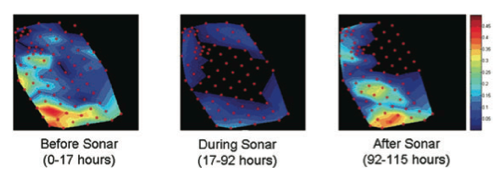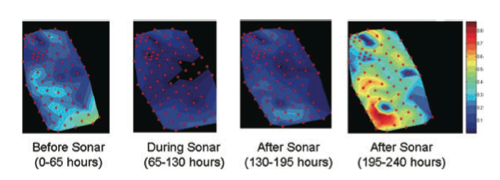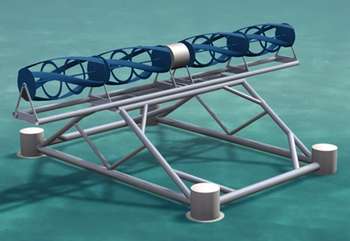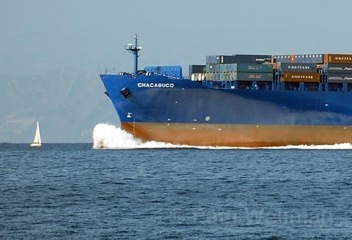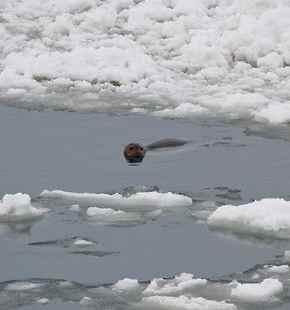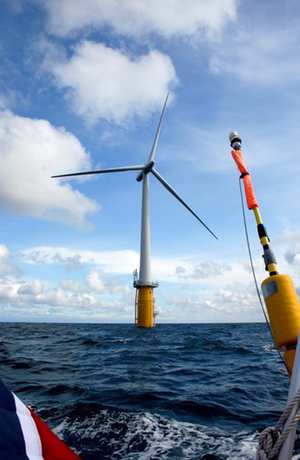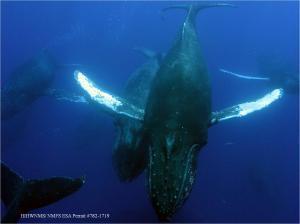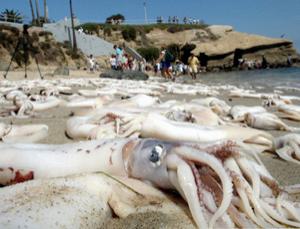Belugas continue to struggle in face of Cook Inlet development
Effects of Noise on Wildlife, News, Ocean, Science Comments Off on Belugas continue to struggle in face of Cook Inlet developmentNOAA Fisheries has released its latest annual estimate of the beluga population in Alaska’s Cook Inlet, and the numbers are sobering. Their 2011 estimate, 286 animals, is the second-lowest found in the 18 years of surveys, and is 20% lower than last year’s count. However, NOAA officials stress that year-to-year counts are approximate, with differences in observing conditions and beluga distributions accounting for an error range of plus or minus as many as a hundred animals; long-range trends are more reliable indicators. Officials say they did not see a large enough number of dead whales this year to suggest that there was indeed a 20% decline.
“Only three dead belugas were reported this year, which indicates that large numbers of mortalities did not occur in 2011,” said Alaska Fisheries Science Center Director Doug DeMaster (over the past ten years, an average of 10 whales a year have been found dead). “While NOAA remains concerned that this population is not showing signs of recovery, at this time we do not believe this estimate represents a marked decrease in the population.” Indeed, twice before, the counts showed even larger declines, with later years suggesting that actual numbers were not so dire; the previous low count, 278, occurred one year after a count of 366, and two years later, counts were back up to 375. However, since then, counts have been at least 10% lower than that high. This is especially worrisome, in that this genetically-distinct population of belugas has been listed as endangered, and NOAA designated much of Cook Inlet as critical habitat. (Many other beluga populations remain in other areas, including the western and northern coasts of Alaska, and northern and northeast Canada).
On the longer term, NOAA notes that there appears to be a continuing gradual decline in Cook Inlet beluga numbers, estimated at about 1% per year. This population of belugas experienced a population crash in the 1980’s (from 1300 down to around 300) which is widely blamed on over-harvesting by native subsistence hunters, but has not recovered since the hunting was limited. Pollution, limited salmon runs, and noise are all considered likely factors in the population’s struggle to survive.
Cook Inlet is a large waterway, leading from the southern Alaska coast inland to Anchorage and Wasilla; a major port expansion is underway, as well as oil and gas exploration and development. For more on the backstory here, see these previous AEInews post from 2008-2011.

